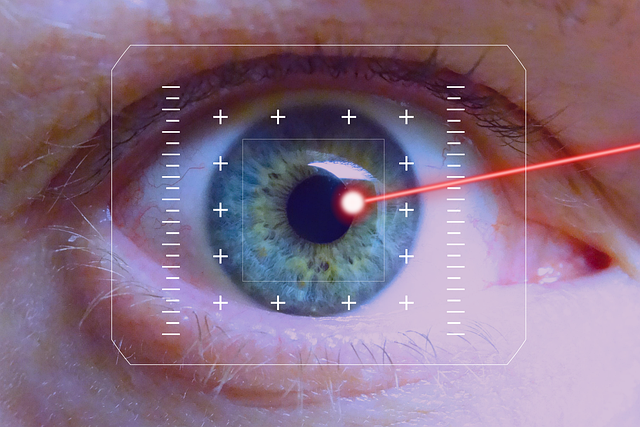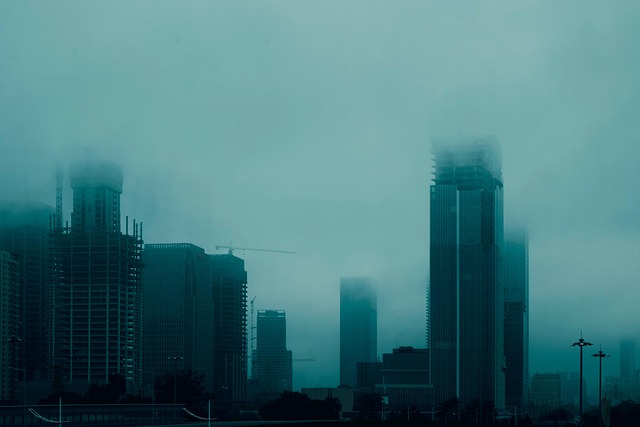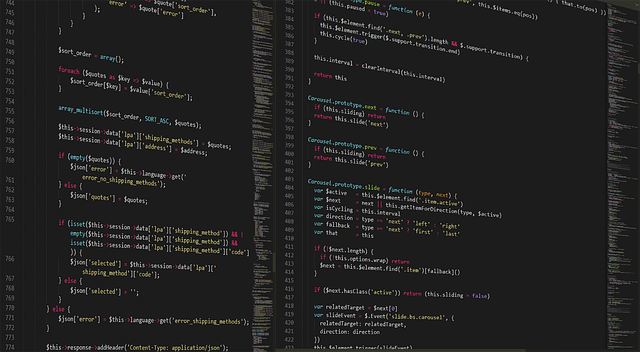
“Mastering the Art: A Guide to Perfecting Your Painting Techniques”
Mastering the Art: A Guide to Perfecting Your Painting Techniques
Painting is an expressive journey, one that invites both creativity and precision. Yet, for many artists, including beginners and seasoned painters alike, the path to mastering painting techniques can often be riddled with frustration and self-doubt. A pivotal part of growing as an artist lies in the process of correction—embracing mistakes not as failures, but as vital lessons that shape and refine your craft.
Understanding the Role of Correction in Painting
Correction in painting is more than just fixing errors; it’s a mindset. It’s about recognizing where your work diverges from your vision and taking the necessary steps to bring it back on track. This might mean adjusting brush strokes, altering colors, or reworking entire sections of your composition. By viewing correction as an opportunity rather than a setback, you empower yourself to evolve continuously.
Techniques to Embrace Correction Effectively
- Layering and Glazing: Applying thin layers of paint allows you to adjust tones and hues gradually. This method gives you flexibility to correct colors and values without damaging underlying work.
- Dry Brushing: This technique helps soften edges or blend areas that seem too harsh, making corrections appear seamless and natural.
- Scraping and Sanding: For oil or acrylic paints, gently scraping off excess paint or sanding rough spots can create a clean slate to rework problematic areas.
- Using Erasers and Solvents: In watercolor and pastel painting, selective use of erasers or water can lighten sections, allowing you to correct mistakes without starting over.
Mindset Shifts for Artistic Growth
The journey of painting demands patience and resilience. When you encounter a spot that doesn’t look right, remind yourself that correction is a natural part of the creative process. Each adjustment you make deepens your understanding of your materials and techniques, leading to more confident and expressive artwork.
Rather than fearing imperfections, invite them. They challenge you to think critically, innovate your methods, and ultimately produce paintings that resonate authenticity and mastery.
Practice and Experimentation: Keys to Making Correction Second Nature
Regular practice not only hones your skills but also makes the act of correcting feel less intimidating. Experiment with different mediums and styles to discover how correction works uniquely across them. Over time, you’ll develop intuition for when to correct and when to embrace unexpected results as artistic spontaneity.
Remember, every renowned painter has faced the need for correction countless times. Their masterpieces are a testament to the power of persistence, adaptability, and the willingness to learn from every brushstroke.


